A Spicy Dive into Creole Cuisine: What Is Creole Cuisine and How to Master It?
Creole cuisine might sound like a mystery wrapped in a spicy package, but it's one of the most vibrant and flavorful culinary traditions in the world. From its roots in Louisiana to its influence across the Caribbean and beyond, Creole cuisine is a fusion of cultures, spices, and stories. If you're curious about what makes this cuisine unique or want to bring its bold flavors into your kitchen, you're in the right place.
Table of Contents
- What Is Creole Cuisine?
- History and Culture Behind Creole Cuisine
- Spices and Ingredients That Define Creole Flavors
- Practical Tips for Cooking Creole Dishes at Home
- Buying Guide: Essential Tools and Ingredients for Creole Cooking
- Conclusion
What Is Creole Cuisine?
Creole cuisine is a rich and diverse culinary tradition that originated in the southern United States, particularly in Louisiana. It is a blend of French, Spanish, African, Native American, and Caribbean influences, resulting in a unique and robust flavor profile. The term 'Creole' refers not only to the people of mixed heritage but also to the cultural and culinary identity that emerged from these interactions.
One of the key characteristics of Creole cuisine is its use of the holy trinity: onions, bell peppers, and celery. These ingredients form the base of many classic dishes, such as gumbo and jambalaya. But that’s just the beginning. Creole cooking is all about layering flavors, using a wide array of spices, and balancing heat with richness.
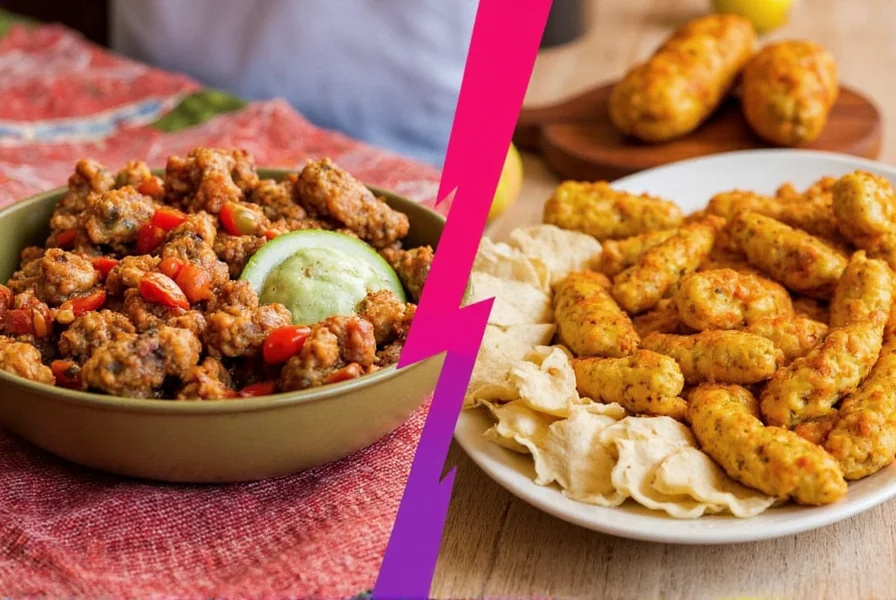
If you've ever tried a bowl of gumbo or a plate of jambalaya, you've already experienced Creole cuisine—though you may not have known it by name. This style of cooking is more than just food; it's a celebration of history, culture, and community.
History and Culture Behind Creole Cuisine
Creole cuisine has deep roots in the history of Louisiana, where it was shaped by the arrival of European colonists, enslaved Africans, and indigenous peoples. Each group brought their own cooking techniques and ingredients, which gradually merged into a distinct culinary tradition.
French settlers introduced methods like braising and roasting, while African influences brought bold seasonings and techniques like slow-cooking. Spanish and Caribbean elements added more spice and variety, and Native American ingredients like corn and okra were incorporated into local dishes.
The result? A cuisine that’s both complex and comforting, full of depth and character. Creole food is often associated with celebrations and family gatherings, making it an integral part of Southern culture.
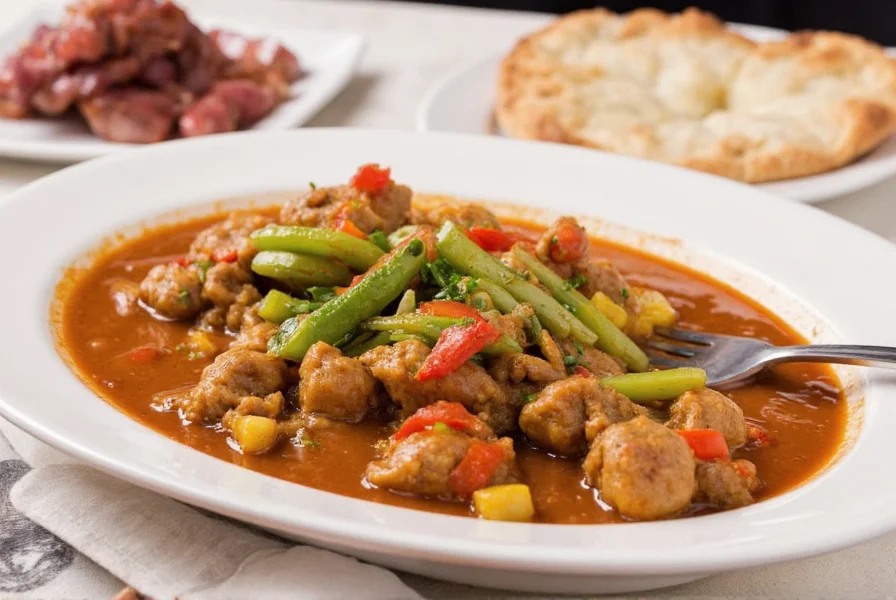
Whether you're enjoying a plate of shrimp and grits or a spicy étouffée, you're tasting the legacy of generations of cooks who made Creole cuisine what it is today.
Spices and Ingredients That Define Creole Flavors
To truly understand what is Creole cuisine, you need to look at the ingredients and spices that make it stand out. Unlike some other regional cuisines that rely on a few core components, Creole cooking uses a wide range of flavors to create bold, layered dishes.
Here are some of the most essential spices and ingredients used in Creole cooking:
- Cajun seasoning: A mix of paprika, garlic powder, onion powder, cayenne pepper, and black pepper.
- Andouille sausage: A smoky, spicy sausage that's a staple in many Creole dishes.
- Gumbo file: A powdered spice made from ground sassafras leaves, used to thicken and flavor gumbo.
- Tabasco sauce: A fiery hot sauce that adds a punch of heat to many Creole recipes.
- Paprika: Used to add color and mild heat to dishes like jambalaya and gumbos.
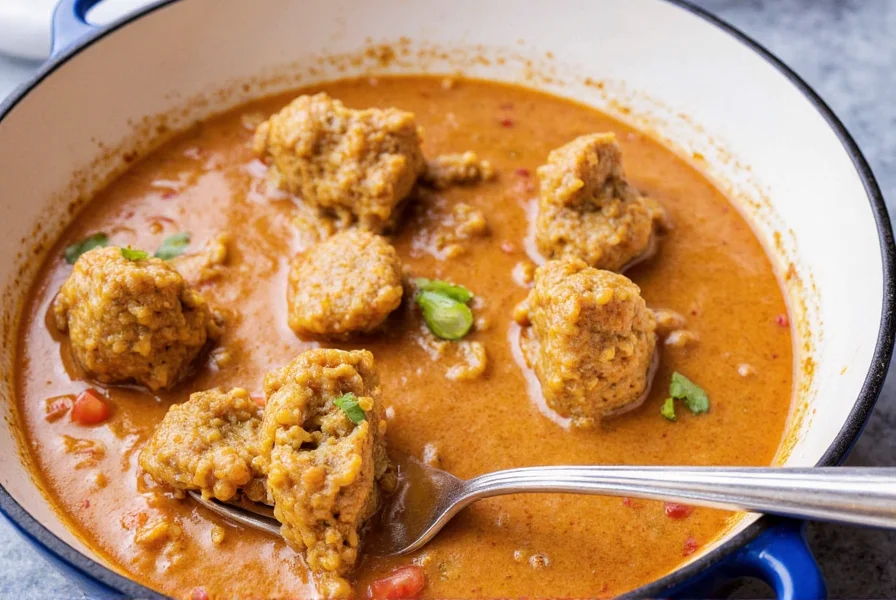
These ingredients are not just for flavor—they’re a reflection of the region’s history and the people who shaped it. Even the simplest Creole dish can be transformed with the right combination of spices.
One of the best ways to get started with Creole cooking is to experiment with these ingredients. Start with a basic recipe and see how each spice enhances the overall taste.
Practical Tips for Cooking Creole Dishes at Home
While Creole cuisine is known for being complex, it doesn't have to be complicated. With a few simple tips, you can bring the flavors of the South into your kitchen.
Top 5 Tips for Creole Cooking
- Use the Holy Trinity: Onions, bell peppers, and celery are the foundation of most Creole dishes. Sauté them slowly to build a deep, savory base.
- Don’t Skip the Seasoning: Creole cooking relies heavily on spices. Be generous with your seasoning, and don’t be afraid to adjust based on your taste.
- Master the Slow Cook: Many classic Creole dishes, like gumbo and jambalaya, benefit from long, slow cooking. This allows the flavors to develop and meld together.
- Experiment with Local Ingredients: Try substituting local vegetables or proteins to give your dishes a personal touch. For example, use chicken instead of seafood if you prefer.
- Pair with the Right Sides: Creole meals are often served with sides like rice, cornbread, or collard greens. These complement the main dish and add balance to the meal.
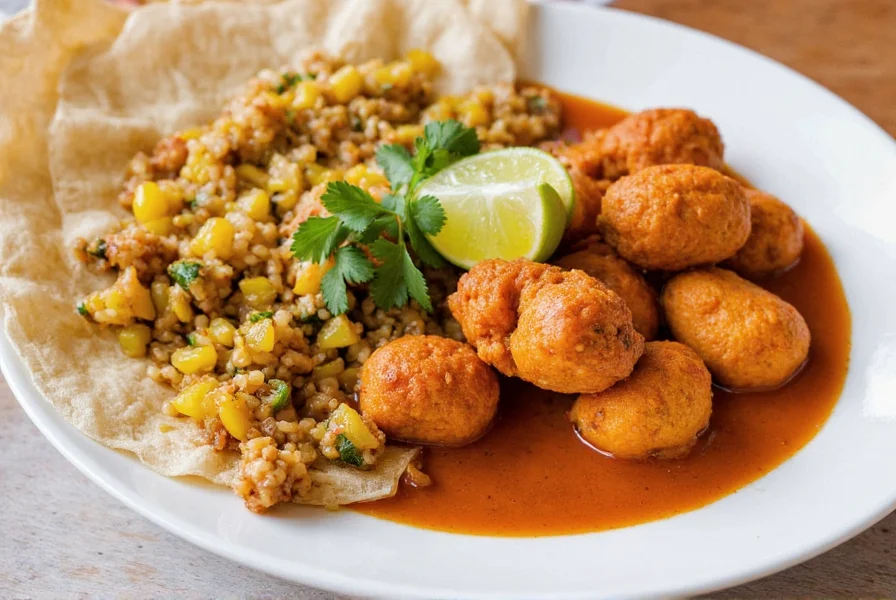
Remember, Creole cuisine is all about flavor, so don’t be shy about adding more spice or adjusting the recipe to suit your taste. The key is to have fun and enjoy the process.
Buying Guide: Essential Tools and Ingredients for Creole Cooking
If you're serious about exploring what is Creole cuisine, having the right tools and ingredients is crucial. Here's a guide to help you get started:
Essential Ingredients
| Ingredient | Description | Use Case | Target Audience | Suitable Occasions |
|---|---|---|---|---|
| Cajun seasoning | Mix of paprika, garlic, onion, and cayenne | Season meats, seafood, and vegetables | Home cooks, BBQ enthusiasts | Weeknight dinners, backyard barbecues |
| Andouille sausage | Smoked, spicy sausage | Adds flavor to gumbo, jambalaya, and stews | Foodies, Creole cuisine lovers | Special occasions, holiday meals |
| Gumbo file | Ground sassafras leaves | Thickens and flavors gumbo | Cooking enthusiasts, chefs | Celebrations, dinner parties |
| Tabasco sauce | Hot sauce with a sharp, tangy flavor | Boosts heat and complexity in dishes | Spice lovers, adventurous eaters | Any meal, especially grilled foods |
| Paprika | Smoky, slightly sweet spice | Enhances color and flavor in stews and sauces | Beginners, home cooks | Everyday meals, comfort food |
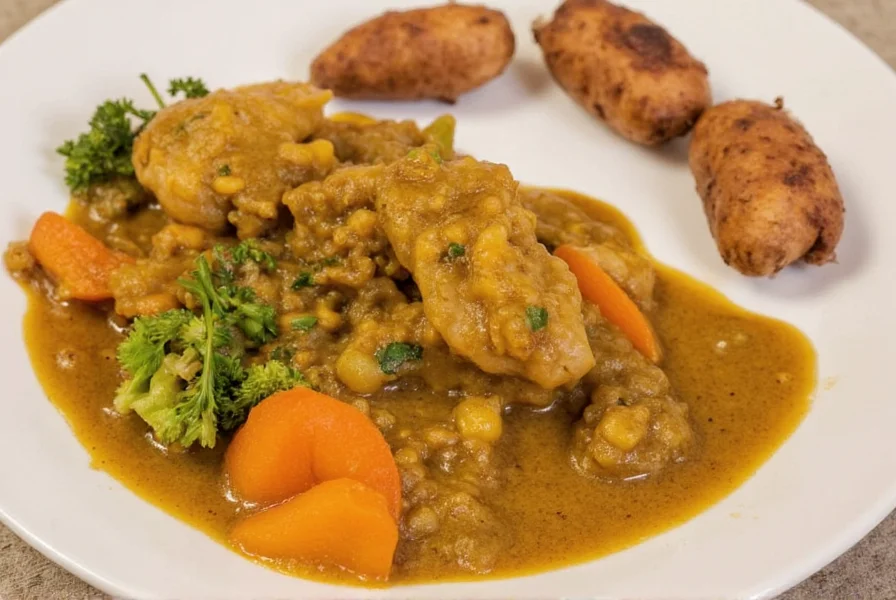
These ingredients are not only essential for creating authentic Creole dishes but also versatile enough to work in a variety of recipes. Whether you're a seasoned cook or just starting out, having these on hand will elevate your Creole cooking experience.
Recommended Tools
- Cast iron skillet: Perfect for searing and slow-cooking, ideal for dishes like jambalaya and gumbo.
- Wooden spoon: Great for stirring and mixing, especially when working with thick sauces and stews.
- Heavy-bottomed pot: Essential for making soups, stews, and broths.
- Measuring spoons and cups: Crucial for getting the right amount of spices and ingredients.
- Blender or food processor: Useful for making sauces, purees, and spice blends.
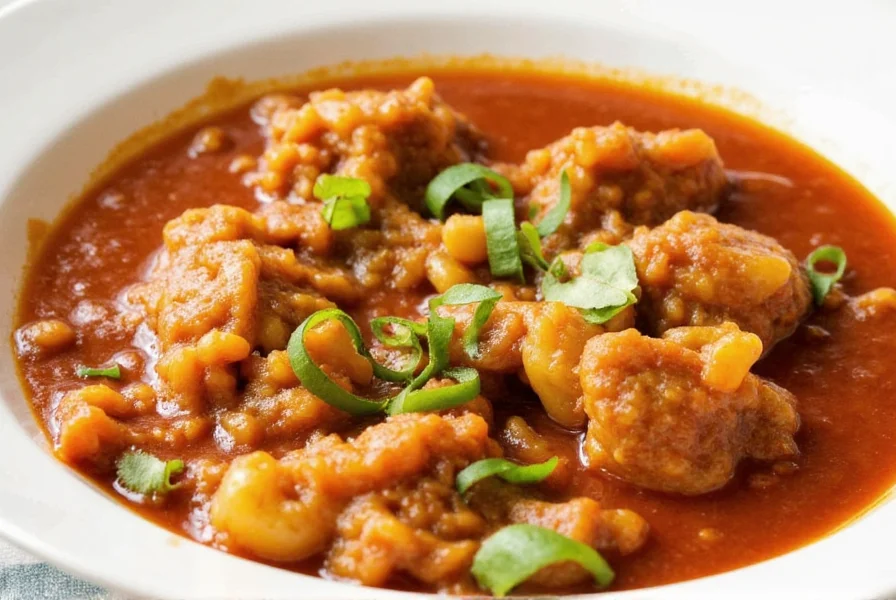
Investing in quality tools can make a big difference in your Creole cooking. They not only improve your results but also make the process more enjoyable.
Conclusion
Creole cuisine is more than just a way of cooking—it's a story told through flavor, history, and tradition. From its humble beginnings in Louisiana to its global influence, Creole food continues to captivate food lovers around the world. Understanding what is Creole cuisine means appreciating its rich cultural roots and the vibrant spices that define it.
Whether you're a seasoned chef or a home cook looking to explore new flavors, there's something for everyone in Creole cuisine. By mastering the basics, experimenting with ingredients, and using the right tools, you can bring the spirit of Creole cooking into your own kitchen.
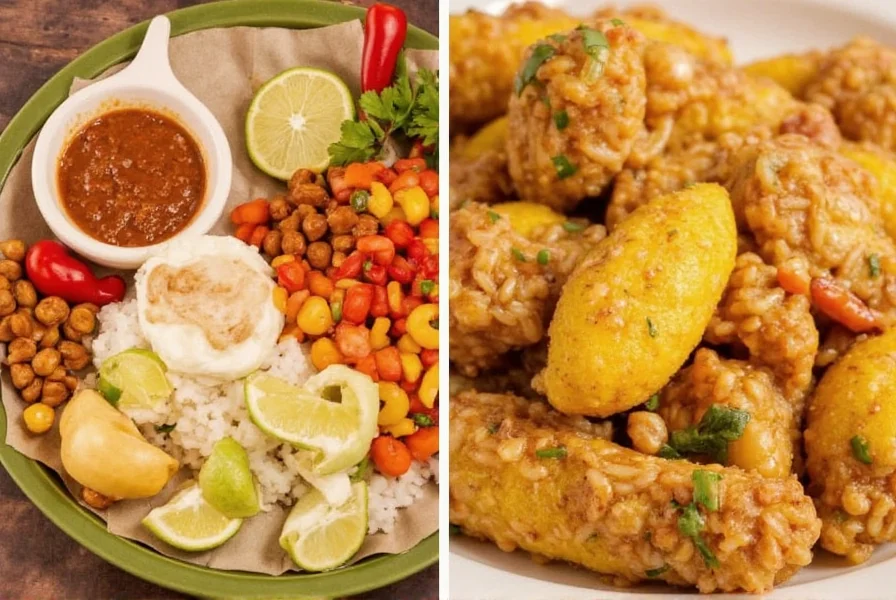
So next time you're craving something bold and flavorful, think Creole. With a little practice and a lot of passion, you'll be well on your way to creating dishes that celebrate the heart and soul of this incredible culinary tradition.

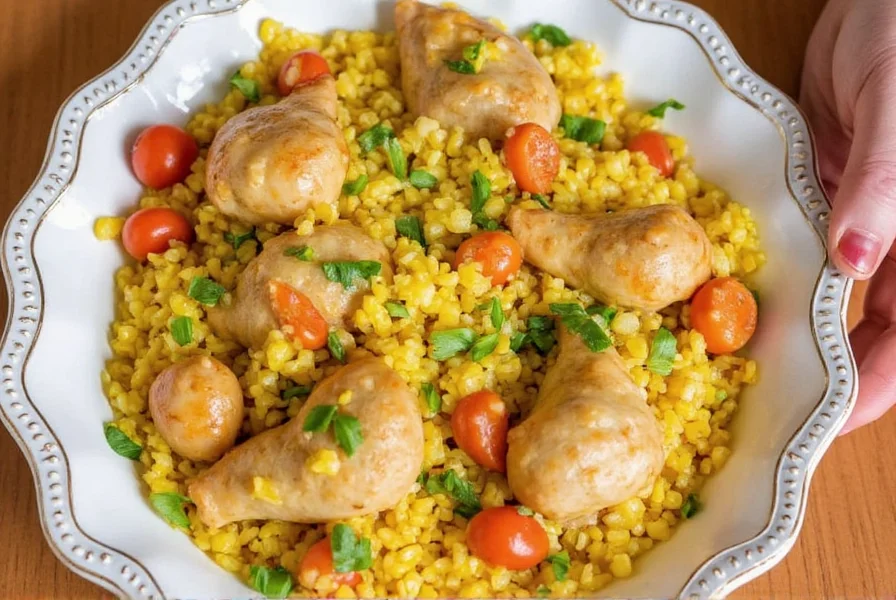









 浙公网安备
33010002000092号
浙公网安备
33010002000092号 浙B2-20120091-4
浙B2-20120091-4